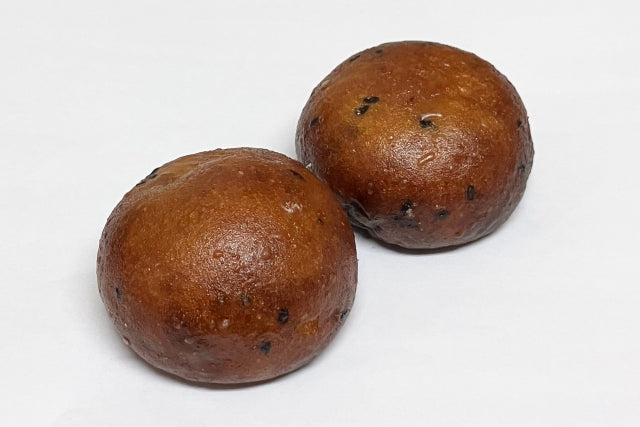
Mango: A Sweet Traditional Japanese Dessert
Share
Welcome dear Arab friends. Today we will talk about a traditional Japanese sweet called "Manju". Manju may resemble the traditional Arabic sweet "Maamoul".
What is mango?
Mango is a dessert made from a soft dough of wheat or rice flour, stuffed with a sweet filling called "an". An is usually made from red or white beans cooked with sugar. It is usually round in shape and the size of the palm of the hand. While maamoul is stuffed with dates or nuts, mango is stuffed with a sweet bean filling.
Origin of mango
Mangoes are native to China. It is believed that the Chinese steamed bread called "mantou" was introduced to Japan. In Japan, the existence of "mantou" has been recorded since the 8th century (around the same time as the Golden Age of Islam). Initially, it was considered a luxury food enjoyed only by the nobility and upper class.
Mango Evolution
From the 17th to the 19th century (equivalent to the Ottoman Empire period), mangoes became popular among the general public. During this period, different types of mangoes appeared:
- Steamed Mango : The most traditional form, it is steamed.
- Grilled Mango : The surface is roasted to add a toasted flavor.
- Fried mango : fried in oil, making the outside crispy and the inside soft.
Types of mango
There are many types of mango:
- Kushi-an Mango : Uses soft filling.
- Tsubo-an Manju : Uses a filling with pieces of beans.
- Korean Mango : A seasonal fall variety that uses chestnuts.
- Yuzu Mango : It has a refreshing flavour of the yuzu fruit.
Cultural significance of mango
Mango plays an important role in the Japanese tea ceremony, occasions and gifts. This is similar to the role of tea and coffee in Arab culture, and the role of sweets in holidays such as Eid. Mango is especially important on the following occasions:
- Tea ceremony : As a dessert served with green tea (matcha).
- Buddhist rituals : as offerings or hospitality to those present.
- Gifts : as an expression of thanks or congratulations.
How to make mango
The basic method of making mango is as follows:
- Mix flour, sugar and water to make dough.
- Separately, cook the red beans with sugar to make the filling.
- Roll out the dough into circles and stuff them with the filling.
- Steam for 15-20 minutes.
Conclusion
Mango is a sweet that embodies Japanese tradition and culture. Its history, diversity, and cultural significance have many similarities with the Arab sweets culture. Both cultures enjoy the changing seasons through sweets and deepen people’s bonds. Through mango, you can learn about a side of Japanese food culture.
At the same time, it can be a good opportunity to reflect on how different cultures around the world express happiness, gratitude and a sense of the season through sweets. If you have the opportunity to visit Japan, we encourage you to try mango. You will certainly discover similarities and differences with your country's sweets and experience the magic of a new food culture.
